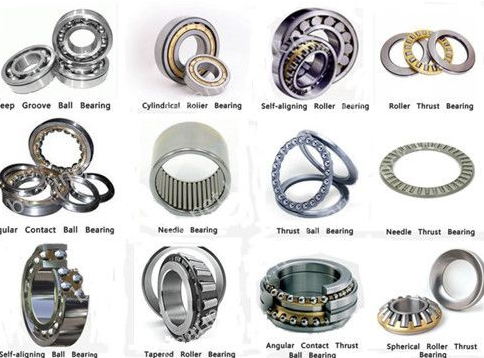In the vast world of machinery, bearings are the unsung heroes. They work behind the scenes, managing loads and reducing friction. But all bearings are not created equal. In fact, five types stand out as critical components in various industries. This article will examine these five key types: ball bearings, roller bearings, needle roller bearings, spherical bearings, and tapered roller bearings.
Ball bearings sit at the forefront due to their versatile nature. They consist of a set of balls sandwiched between two concentric rings. The ability to handle both radial and axial loads makes them a popular choice for numerous applications. These bearings offer smooth and high-speed operation in devices ranging from electric motors to skateboards.
Roller bearings come next. Similar to ball bearings in design, they replace the balls with cylindrical rollers. This change allows roller bearings to carry heavier loads because of their greater contact area. However, they aren't quite as fast as their ball-bearing counterparts. You can often find them in heavy machinery and industrial conveyor belt systems.
Then we have needle roller bearings, a subtype of roller bearings. They use long, thin cylindrical rollers resembling needles. The small cross-section of these rollers allows for a smaller bearing width, making them an excellent choice for compact designs. shengbenzhejiangchina.They often feature in automotive components like rocker arm pivots.

Spherical bearings, also known as self-aligning bearings, offer a unique capability. They can tolerate misalignment between the shaft and the housing, which makes them ideal for applications where misalignment could be a problem. Their use is widespread in heavy-duty machinery like mining equipment and paper mills.
Lastly, tapered roller bearings enter the picture. These bearings taper towards the end, enabling them to handle a combination of radial and axial loads simultaneously. They are well-suited to applications where large loads can occur, such as car hubs and heavy machinery.
In summary, each type of bearing brings unique strengths to the table. Ball bearings excel in high-speed applications and can handle both radial and axial loads. Roller bearings support heavier loads, and their needle variant fits into compact designs. Spherical bearings deal with alignment issues, and tapered roller bearings take on combined high axial and radial loads. Knowing these distinctions can guide you in selecting the perfect bearing for any given application.